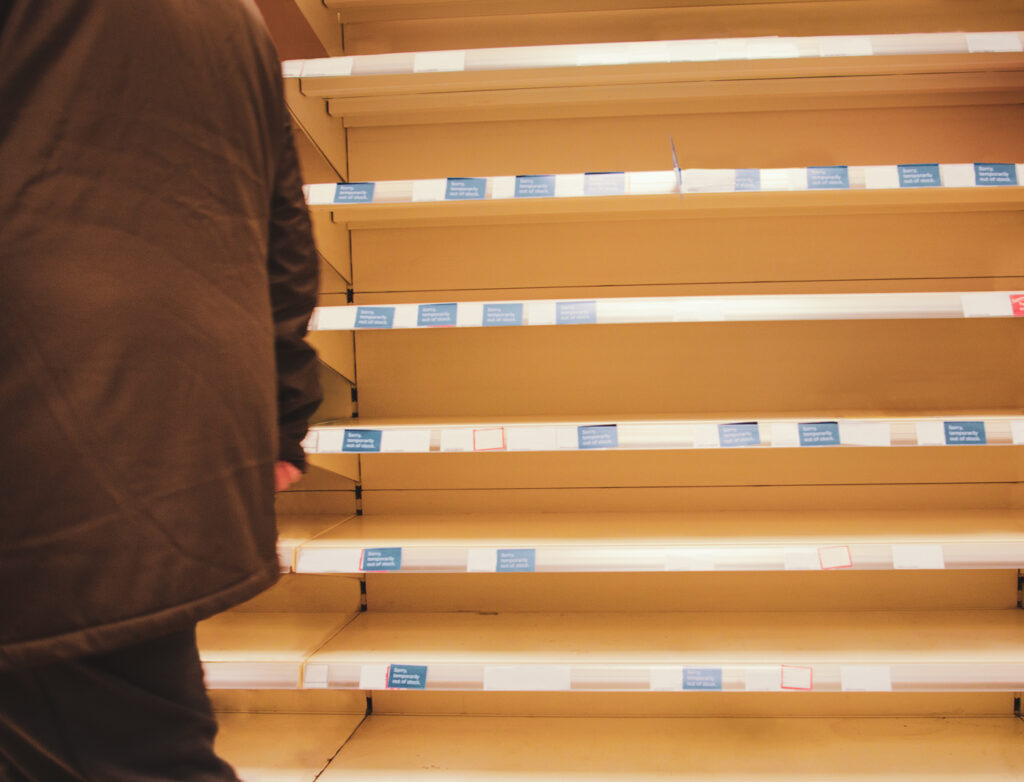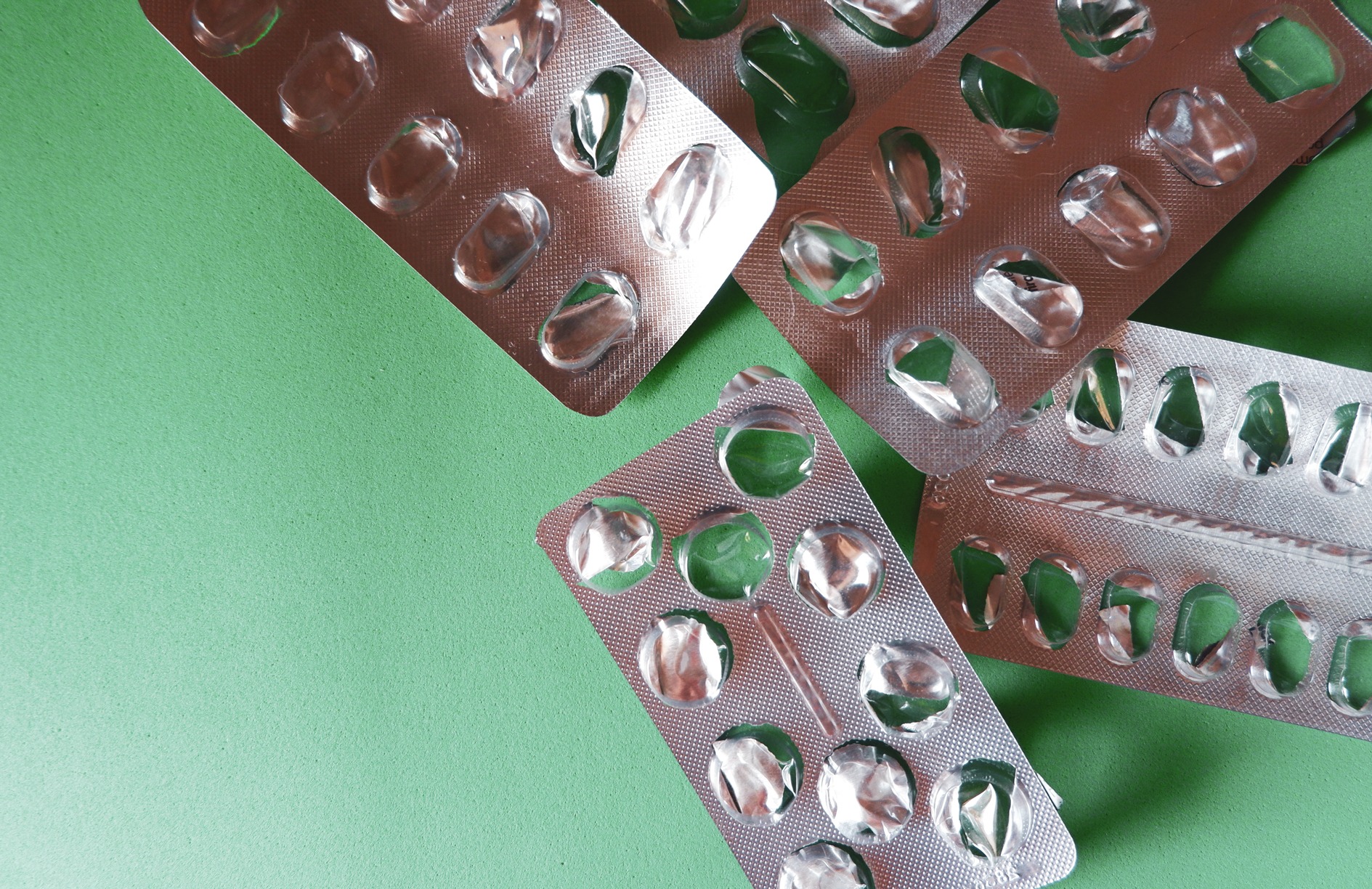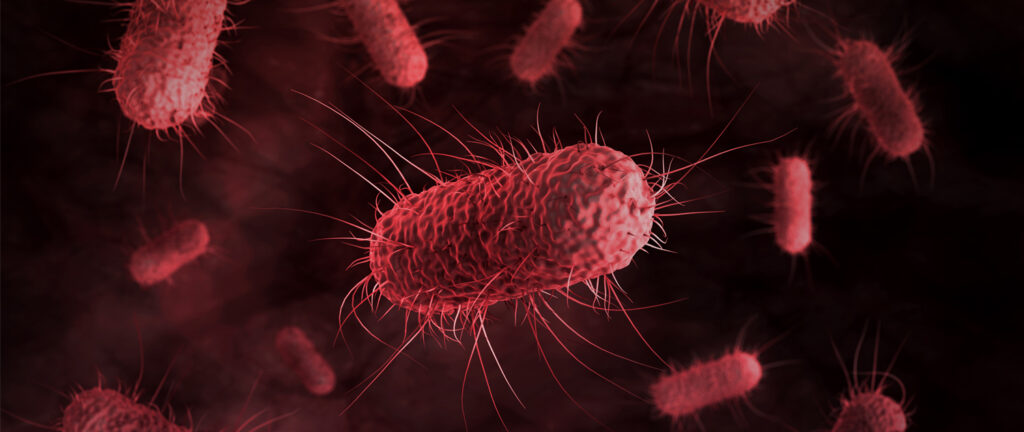To ensure a stable supply chain of last-resort antibiotics, smaller countries such as Australia may need to explore options such as pooling resources with other countries, according to Dr Kim Faure, Project Lead for SECURE.
SECURE was set up by the World Health Organization (WHO) and the Global Antibiotic Research and Development Partnership (GARDP) to expand access to essential antibiotics, mainly in low- and middle-income countries, to treat drug-resistant bacterial infections.
As AMR escalates during the next decade, pooling resources could solve several problems at once by making the market more attractive to the manufacturers of these low-volume, erratic-demand products and securing supply where it is needed.
“
Fewer factories are producing those very essential antibiotics.
“The minute you start to put together a pool of countries, their buying power improves and therefore they can get better-quality product at a more affordable price, making treatments more effective,” Dr Faure says.
Even Australia’s supply could be more secure if we pooled with other countries, particularly for the latest, most expensive reserve antibiotics designed for the hardest, multi-drug-resistant cases. “The problem with those newer drugs is that they are very low volume, with an erratic demand. Some are still on patent but they’re super expensive and smaller countries such as Australia have smaller buying power in terms of volume compared to larger countries.”
Global pipeline surety
Some countries are offering guarantees to producers to shore up their supply chains. This includes volume or revenue guarantees, or subscription agreements. Such countries are signalling to manufacturers that, although they may only need a small quantity, they’re prepared to pay for more to ensure it’s available to patients who need it.
WHO has stated that the global pipeline of antimicrobials is insufficient to tackle the increasing challenges of AMR. It is predicted that by 2050 AMR will be associated with more than 10 million lives a year and put at risk US$100 trillion of economic output. Global Research on Antimicrobial Resistance (GRAM) showed that in 2019 almost 5 million people died with a drug-resistant bacterial infection.

World shortages
Dr Faure says recent global crises occurred when there was a shortage of basic antibiotics, such as amoxicillin, due to breakdowns in the manufacturing supply chain. Last year during the flu season, Europe, UK and some African countries had disruptions in amoxicillin supply for paediatrics.
“Fewer factories are producing those essential antibiotics because they are high volume, very low price, almost negligible margins, but they are still essential antibiotics needed for the treatment of human infections all the time,” says Dr Faure. When China had COVID-19 lockdown restrictions and limited manufacturing capability, it didn’t produce enough of one constituent, leading to the amoxicillin shortage.
A medical doctor with extensive public health expertise, Dr Faure is based in Cape Town and has worked with South Africa’s Ministry of Health and various other countries in Africa to support the implementation of their AMR National Action Plans.
“
The problem with those newer drugs is that they are very low volume, with an erratic demand.
Part of her work at SECURE involves developing strategies for low- and middle-income countries to mitigate risks to antibiotic supply chains and improve access to antibiotics.
Surprisingly, Dr Faure says research has shown that in countries with improved access to antibiotics, death rates related to AMR are going down, especially in the more vulnerable under 5 years age category. Ensuring effective antibiotics are available to treat infections limits the spread of disease and therefore also of resistance.
“The patients get better when the correct type of antibiotic is used to treat their infection,” Dr Faure says. “What SECURE is trying to do is make sure that Africa, and the low- and middle-income settings, have access to the antibiotics they actually need, based on the resistance profile of the organisms they have, to get to the point where you can have an impact on deaths related to antibiotic resistance.”
Ken Eastwood is a highly experienced, award-winning editor, journalist, author and communicator, with particular expertise in science, agriculture, sustainability and rural affairs.

